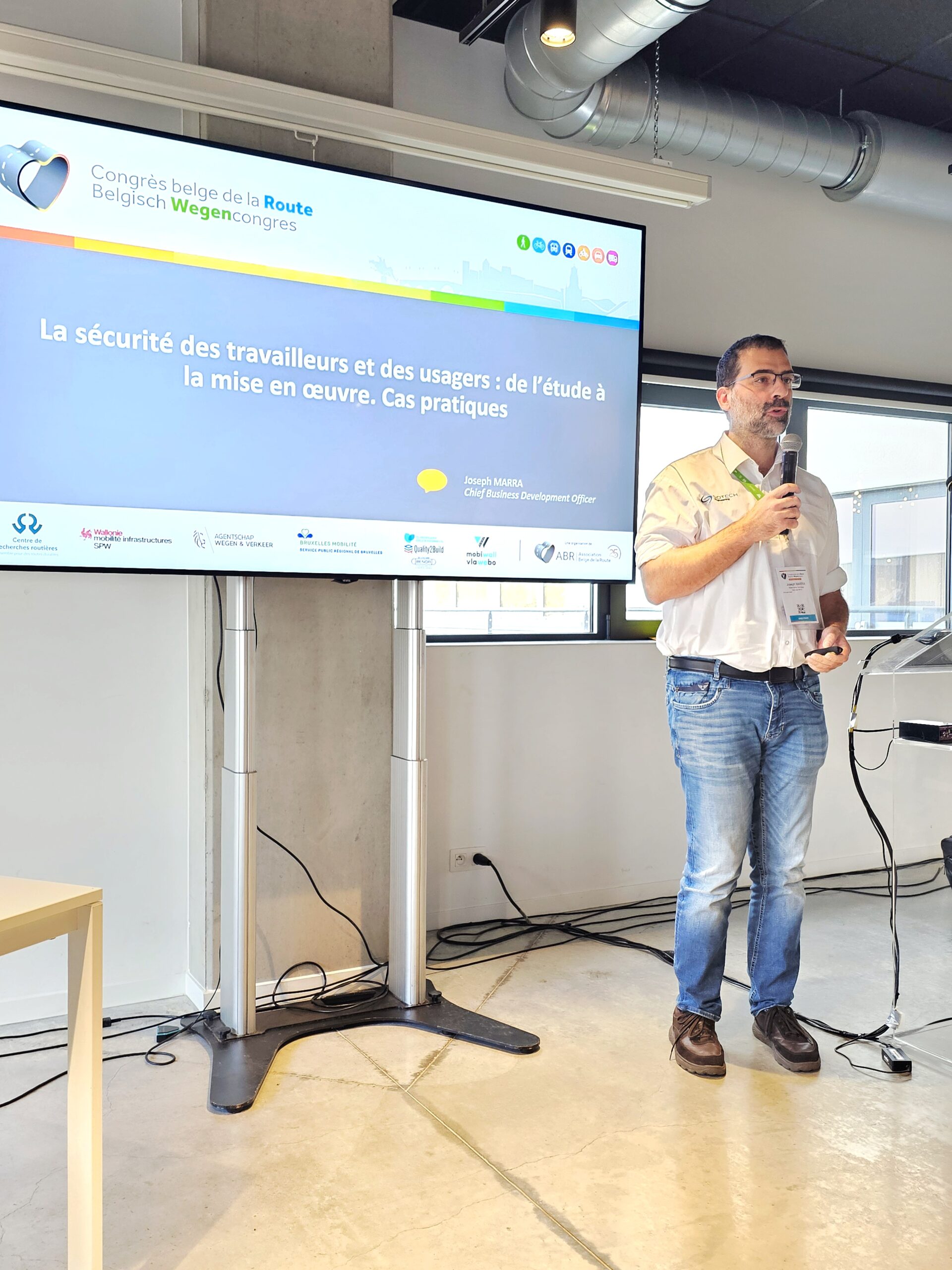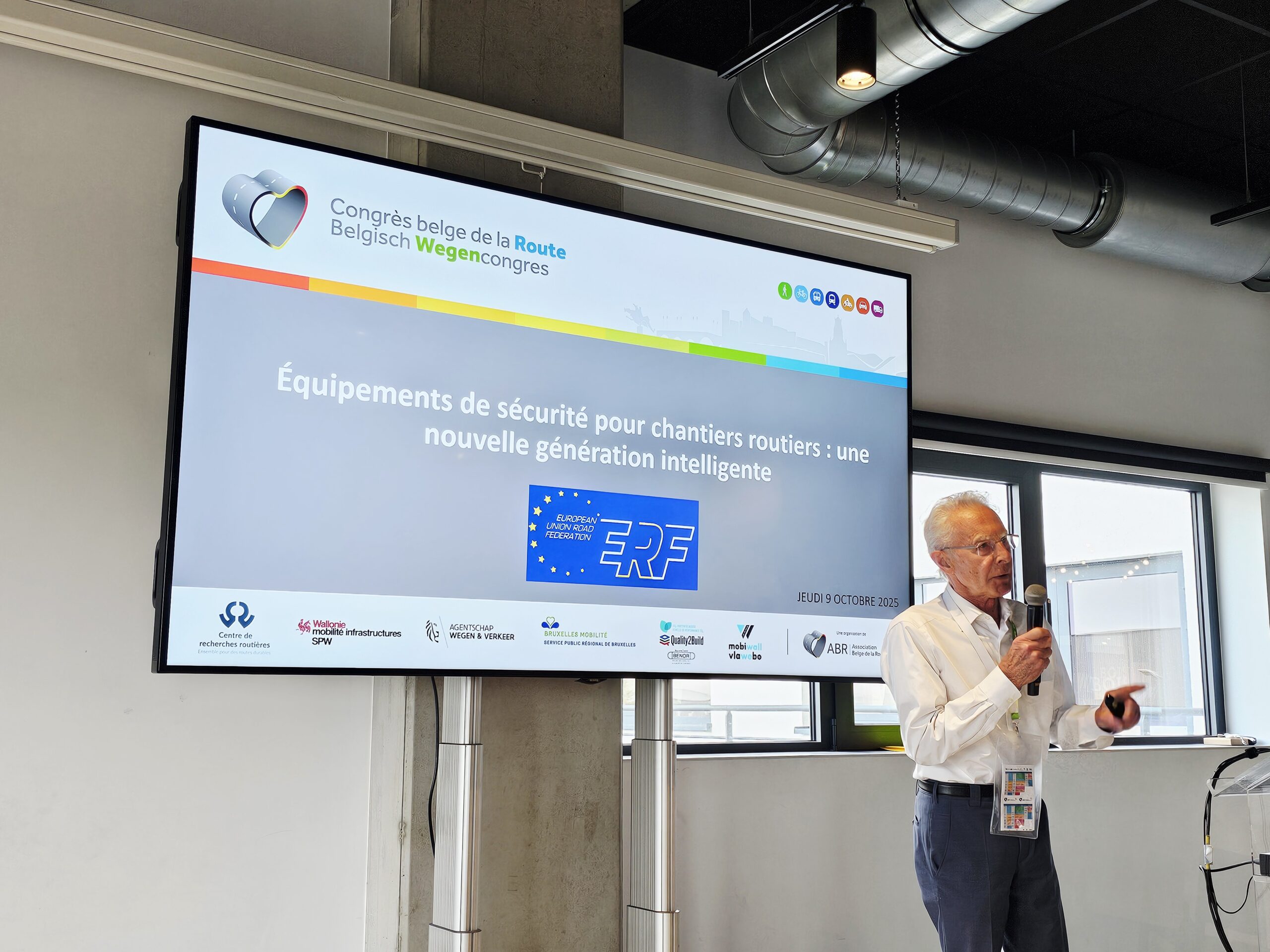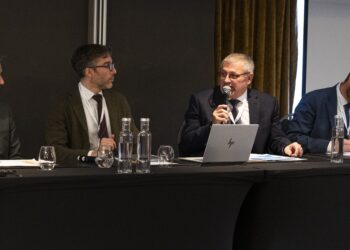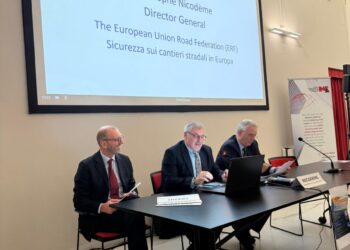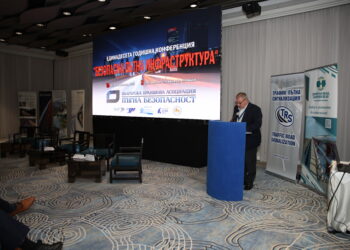10 October 2025 | Brussels
From 7 to 10 October 2025, the 25th edition of the Belgian Road Congress took place in Namur, bringing together professionals, policymakers, and innovators from across Belgium and beyond to discuss the future of road infrastructure. Organised every four years, the congress has become the leading forum in Belgium for addressing the societal, technical, and environmental challenges facing the road sector. This year’s theme was “The Road at the Crossroads of Societal Challenges.”
The programme was structured around four major pillars:
- Responding to societal challenges such as mobility needs, climate change, and aging infrastructure.
- Designing, building, and maintaining modern and safe infrastructure.
- Operating infrastructure to improve efficiency, comfort, and safety.
- Mobilising human resources, materials, and data for better management.
The event combined plenary sessions, technical workshops, exhibitions, and site visits, offering participants the opportunity to share expertise and discover innovative solutions.
Among the key contributors was John Kreps, a member of the European Union Road Federation (ERF). In his presentation “Smart Safety Equipment for Road Works: A New Generation” on Thursday, 9 October, he explored how digital technologies are transforming the safety of work zones.
Kreps highlighted how intelligent systems—integrating sensors, cameras, artificial intelligence, and connected platforms—enable the creation of “smart work zones.” These systems provide real-time monitoring, automated alerts in case of incidents, and seamless communication with navigation applications such as Google Maps, Waze, and Coyote. By warning drivers in advance and guiding them through alternative routes, the technology helps protect both road workers and road users while reducing congestion.
The intervention also underlined the economic and environmental benefits of digitalisation. Compared with traditional manual inspections, which can cost up to €350,000 per year and generate around 50 tonnes of CO₂ emissions, digital monitoring provides a more efficient, lower-carbon solution. It also allows for dynamic worksite management through digital twins, better coordination with road authorities, and improved operational efficiency.
Kreps concluded by posing essential questions to policymakers and practitioners: Can digital monitoring replace physical checks? How can these systems support the safe navigation of autonomous vehicles? Will authorities trust digital twins to manage worksites? And how can stakeholders accelerate deployment of such technologies across Europe?
Other sign of the strong presence and representativity of the ERF was the participation of ERF President, Joseph Marra (GDTech) in the same session dedicated to ‘Works on existing infrastructure, with a presentation on ‘Worker and user safety: from study to implementation. Practical cases’.
ERF’s active participation at the congress reaffirmed its role as a catalyst for innovation in road infrastructure, promoting safer, smarter, and more sustainable solutions. By engaging with Belgian and international stakeholders, the federation demonstrated its commitment to ensuring that Europe’s roads are ready to meet the challenges of tomorrow.
-
ERF calls for Smarter, Safer Road Work Zones at Bologna Forum
October 9, 2025 -
BBARS 11th Annual Road Infrastructure Conference a further Success
September 19, 2025

